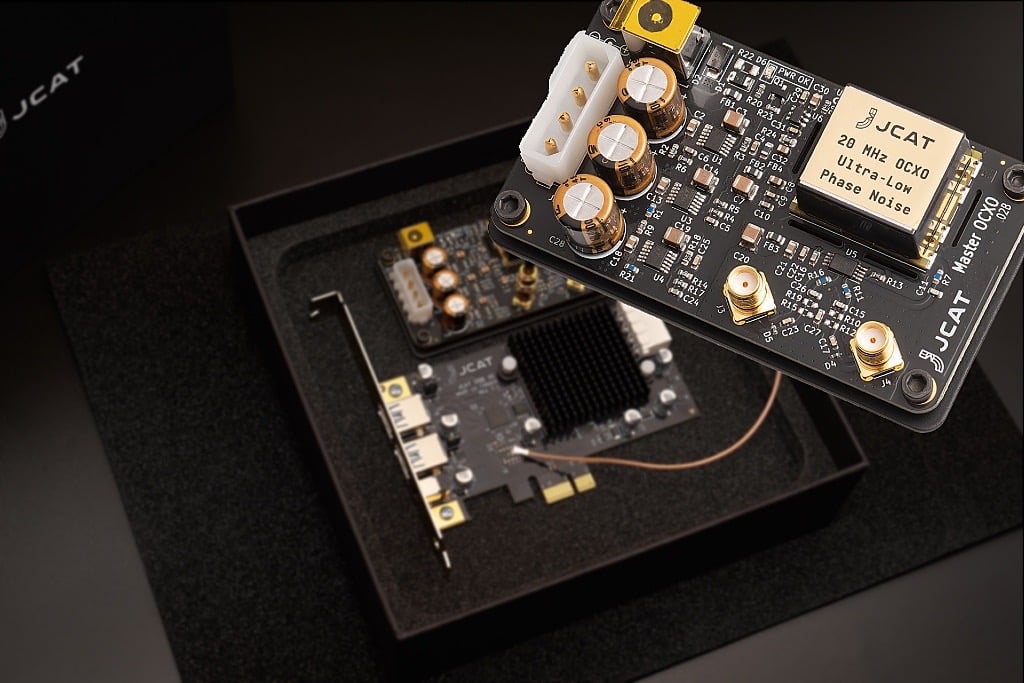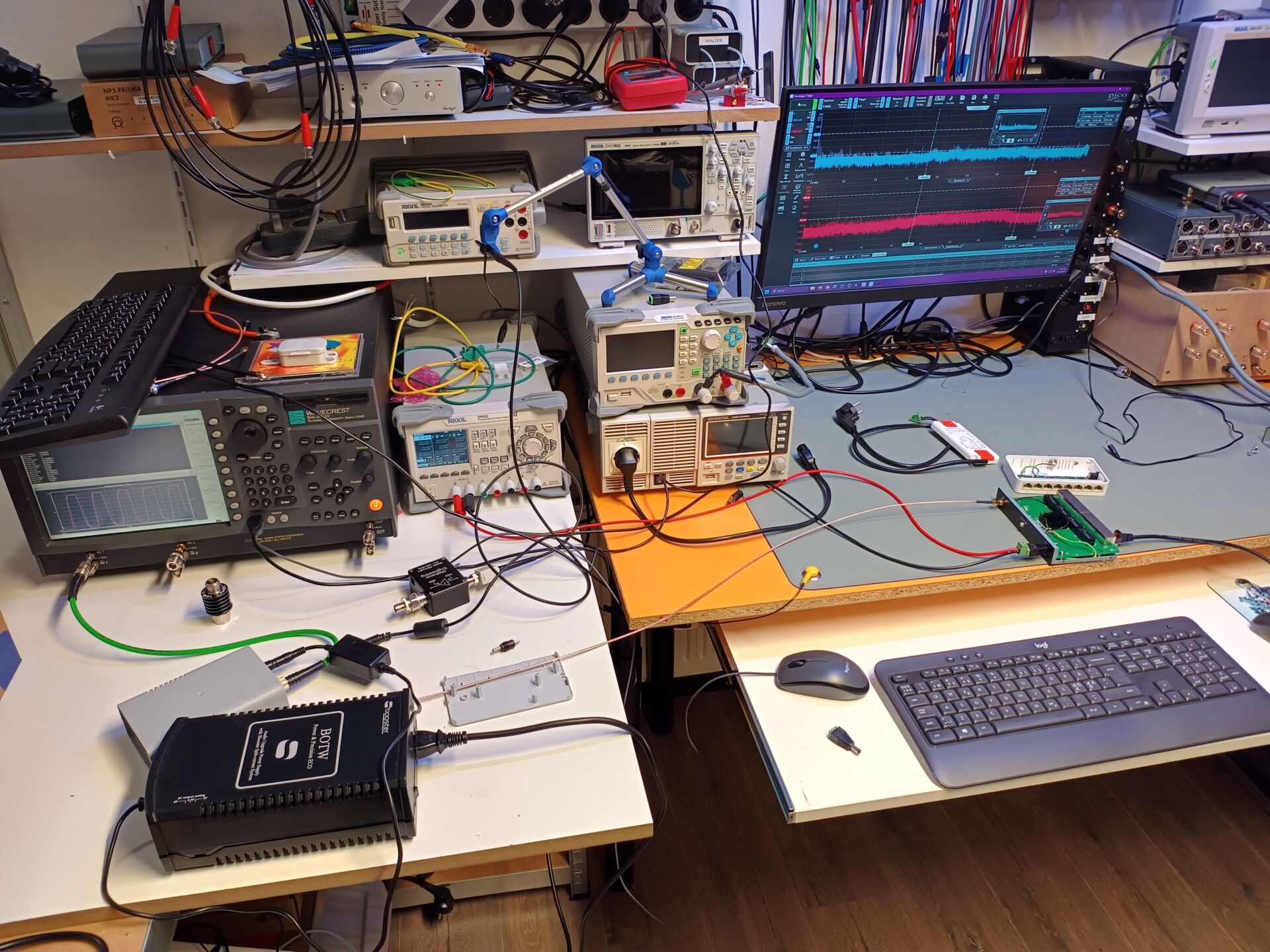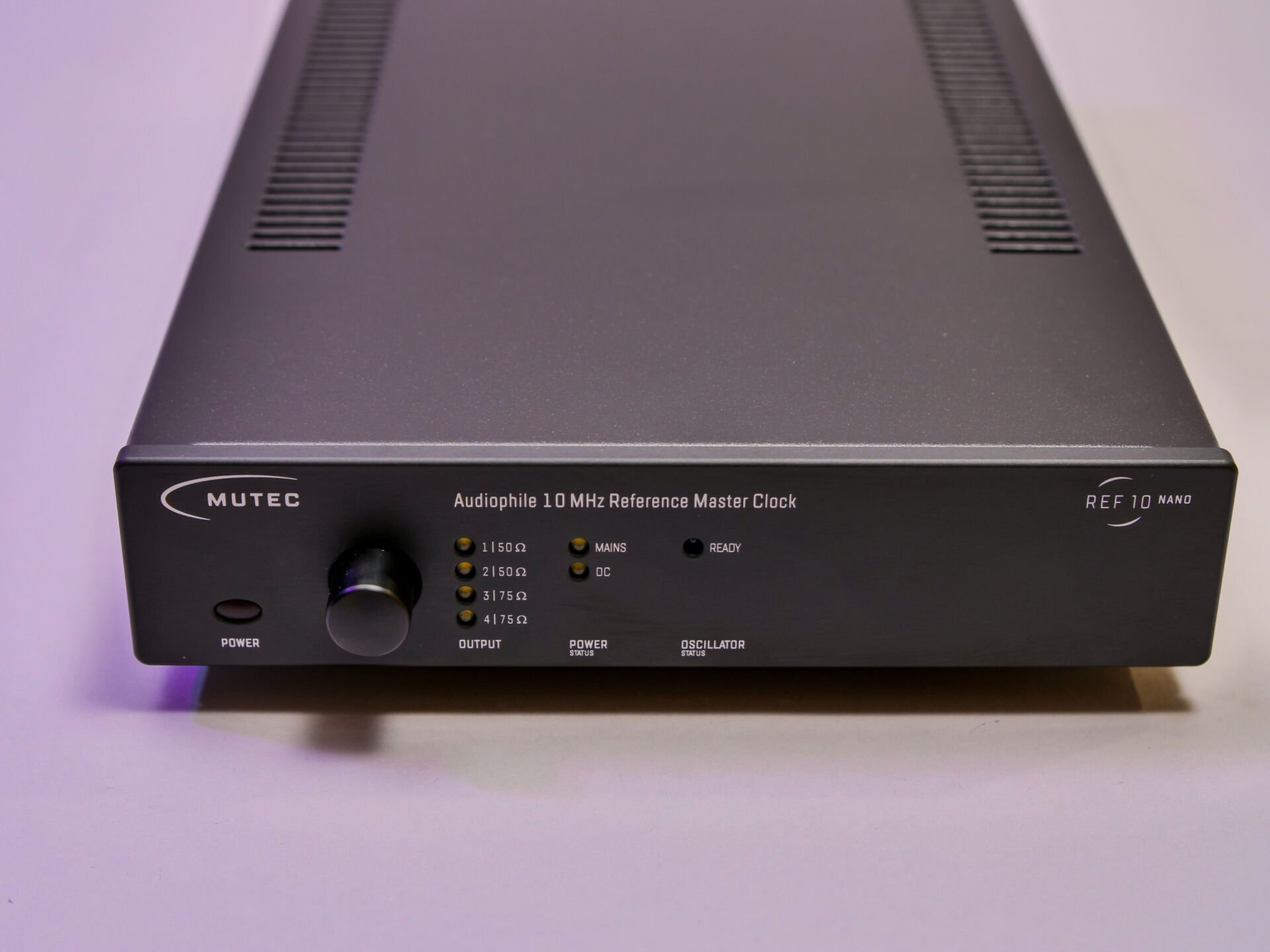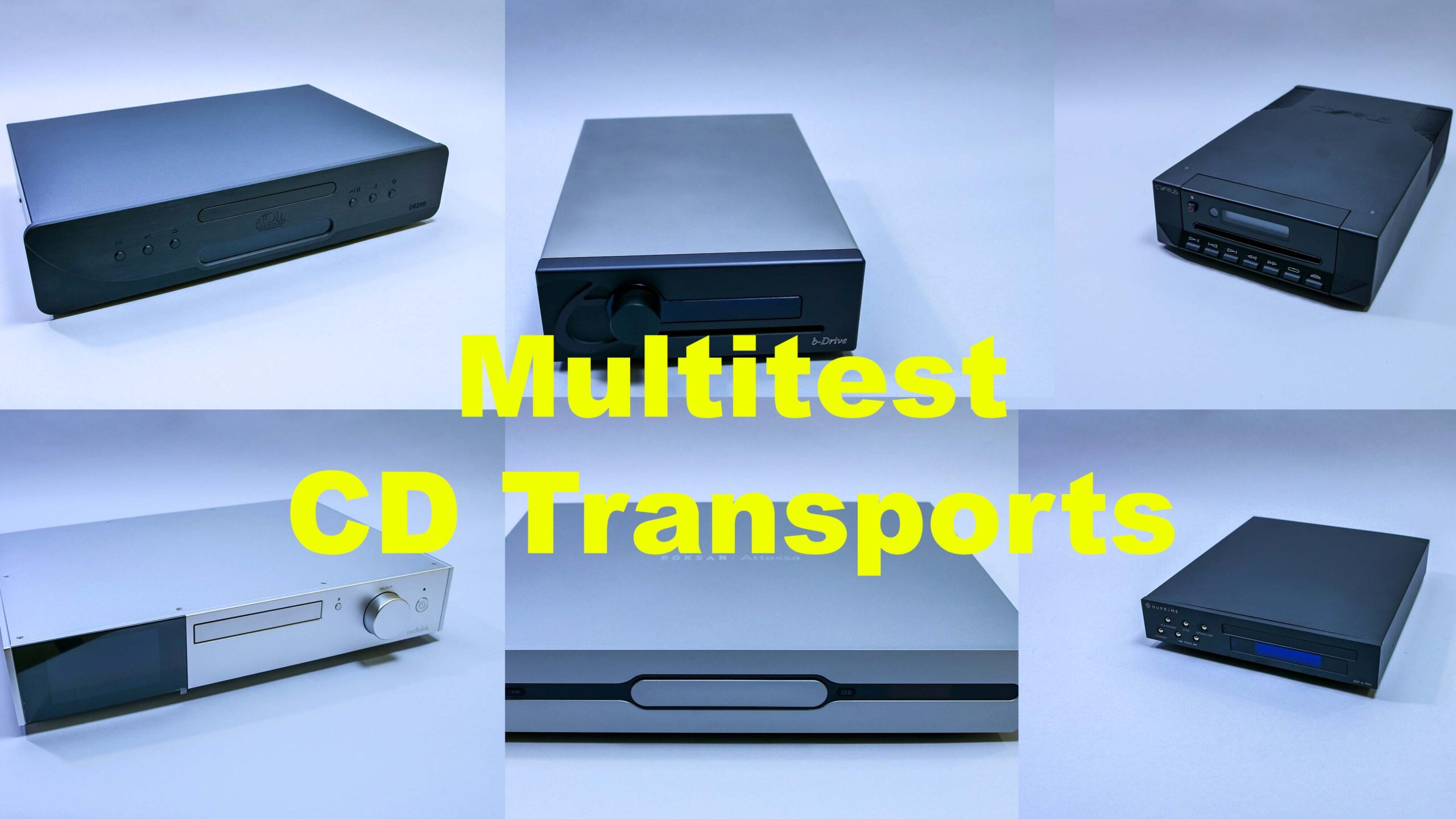

JCAT has released its brand new Master OCXO Clock, which can be the icing on the cake of your (digital) sound system.
The new JCAT Master OCXO Clock is an extremely accurate and entirely in-house designed oven-controlled crystal oscillator. You connect it to one of the USB or NET XE cards, which the manufacturer also has in its product range. Nice detail is, that if you have a USB Card XE in use, it will be provided for free and for nothing (worldwide) with the necessary modification to connect the Master OCXO Clock. After purchasing the OCXO, you send the USB card to the factory in Poland, where everything is taken care of. Technically, it means that an adapter is installed that allows interfacing with the Master OCXO Clock. Pickup and shipping is done via UPS, only the patience you have to take care of yourself. Very much of that is not necessary: JCAT promises that the complete process takes no more than 7 days.
Loose or as a set
The JCAT Master OCXO Clock comes with an appropriate HF clock cable, which you simply plug into the factory-adapted USB card. If you don’t yet have a USB XE card, it is also possible to buy a set consisting both such a card and the Master OCXO Clock.
The price of the JCAT Master OCXO Clock is €1200 (and that includes adaptation of the mentioned USB card).
Specifications
For convenience, here are the specs of the ultra-stable Master OCXO Clock
- DC supply voltage: 5 ± 5% V
- Power consumption: 4.5 W (during warm-up) / 1.5 W (steady type)
- Max input current: 900 mA
- DC input connectors: 5.5/2.5 DC barrel, LP4 Molex
- Standard operating temperature: 0 to 40 °C
- Storage temperature: -40 to 85 °C
- RF output frequency: 20 MHz *
- Output impedance (unbalanced): 50 Ω
- RF output voltage (at 50Ω load): 2.2 Vpp
- RF output type: CMOS
- Clock outputs: 2x SMA
- RF cable: 6G, 50 Ohm, 200 mm length, MIL-SPEC SMA **
- Warm up time (typ. @25 °C): 5 min.
- Phase noise: <-135 dBc/Hz @ 100Hz offset typ.
- Frequency stability : ± 5 ppb
- Dimensions: 86 x 49 x 23 mm
- Weight: 90 g
* other frequencies available on request
** custom connectors available on request








Clocking async cán lower jitter. Just like sampling async… like the Mola Mola does.
No it doesn’t work that way. You can re-clock with async but that doesn’t work well and can cause false bits if not done correctly.
In all USB controllers the 12 or 24Mhz clock is multiplied to 96Mhz for full speed and 960Mhz for high speed. That clock is then trained on incoming received packets through the preamble which is put in front of every packet. On transmissions that 96 or 960Mhz clock is used to transmit the out going packet.
If we use a 20Mhz clock output of the OCXO module then that has to be PLL’d to create either a 12 or 24Mhz clock depending on the chip used on the board. That usually will result in a clock that is only 80% the jitter of the base clock in this case 20Mhz.
The smarter thing would be to use a 2X clock like a 24Mhz or 48Mhz clock in an OXCO then divide by 2 using a single D type flip flop which would yield a phase noise increase by up to 6dB. I have a phase noise test set here and we have tested a number of clocks and modules in all kinds of circuits.
Thanks,
Gordon
Wavelength Audio, ltd.
Since this is a press release from JCat and not a review, I think you better contact JCat with your question about USB to get an answer.
Just one question, what does 20Mhz have to do with USB or anything else? There are a ton of really nice low jitter oven controlled oscillator modules in multiples of 10Mhz (i.e. 10, 20, 40 etc). But USB requires 12Mhz or 24Mhz depending on the chip design.
Yeah sure you can PLL 12 or 24 from 20Mhz and that will work. But why not just start with what is required instead of synthesizing the frequency.
I see tons of really $$$ dacs using the 10Mhz versions… what it take to get to 22.5792, 24.576, 45.1584 or 49.152Mhz. Does it really make sense or just use a really nice low jitter oscillator like a Crystek or something???
Thanks,
Gordon